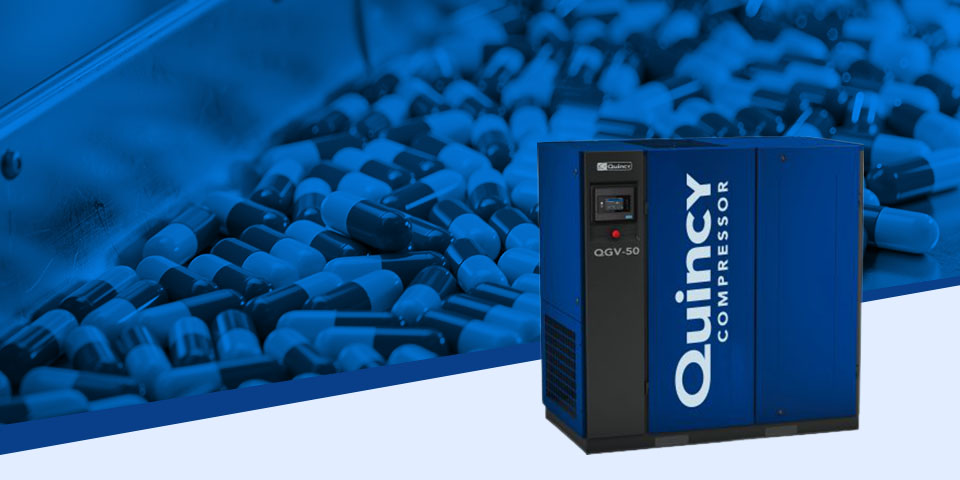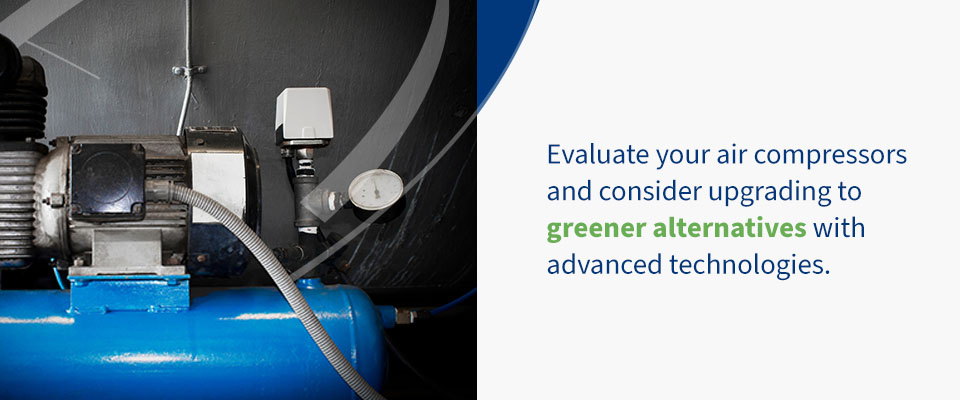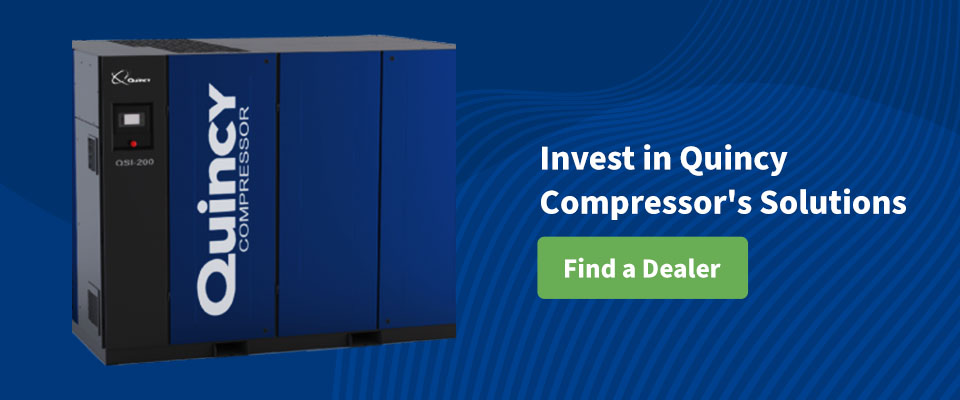
Sectors like the pharmaceutical industry require vast resources to meet rising market demands. Simultaneously, these industries face pressure to become more energy-efficient and socially responsible in a changing marketplace. Businesses must shrink their carbon footprints as consumers demand sustainable products.
The world is increasingly shifting its focus to adopt more cost-effective manufacturing methods. Adopting new, sustainable strategies while meeting market demands can be challenging, but not impossible.
Manufacturers can implement energy-saving strategies to ensure a greener future. Let’s explore ways to improve energy saving in the pharmaceutical industry.
Energy Consumption in the Pharmaceutical Industry
Specific pharmaceutical manufacturing processes are massive energy consumers. Understanding and addressing these power “vampires” can help manufacturers better plan and implement efficient methods.
HVAC Systems
The heating, ventilation and air conditioning systems in pharmaceutical manufacturing facilities are crucial in maintaining the stringent environmental conditions required for production. While indispensable, these systems often demand a substantial share of energy resources.
HVAC system components like dampers, fans, filters and coils use a continuous energy supply to maintain temperature, humidity and air quality standards.
Clean Room HVAC Operations
Clean rooms create the pristine conditions necessary for drug production. However, the energy-intensive HVAC systems in these controlled spaces contribute significantly to overall energy consumption.
Pharmaceutical and other high-tech manufacturing processes require stringent environmental controls to maintain ultra-clean conditions, precise temperature, humidity control and efficient air filtration in clean rooms.
Boiler and Steam Distribution Systems
Boilers and steam distribution systems provide essential heat for different pharmaceutical processes, but they use lots of energy to heat large volumes of water or steam. Inefficient systems, leaks and excess air usage can further increase energy consumption.
10 Tips for Improving Energy Efficiency in Pharmaceutical Manufacturing Operations
By implementing these tips, manufacturers can meet their energy demands and contribute to a more sustainable and environmentally responsible industry.
1. Conduct Energy Audits and Monitoring
Manufacturers can conduct regular energy audits, systematically examining energy consumption patterns within their facility. This process can help identify areas of inefficiency and set benchmarks for improvement.
Monitoring systems like energy meters and data loggers provide real-time energy usage data. By analyzing this information, manufacturers can pinpoint specific processes or equipment that consume excessive energy and implement targeted measures.
2. Look Into Equipment Optimization
Another smart starting point is upgrading and maintaining manufacturing equipment to ensure it performs optimally. Older machinery may be less energy-efficient due to outdated technology or wear and tear. Routine maintenance prevents equipment from operating below peak efficiency.
Manufacturers can invest in energy-saving machinery and new technologies like variable-speed drives and high-efficiency motors. These upgrades may require a substantial upfront investment, but they can also lead to significant energy and cost savings over the long term.
3. Upgrade Air Compressors
Consider upgrading air compressors used in various applications. Air compressors are essential for pneumatic controls, operating valves and actuators that regulate temperature, pressure and other critical parameters in the manufacturing process.
Air compressors also power air tools used for equipment maintenance, repairs and assembly. They maintain clean room environments by supporting HVAC systems and providing the air quality that is vital for pharmaceutical production with stringent quality standards.
Evaluate your air compressors and consider upgrading to greener alternatives with advanced technologies. Also, implementing proper maintenance schedules helps with performance and energy consumption.
4. Invest in Energy-Efficient HVAC Systems
Consider investing in cutting-edge HVAC technologies with microprocessor controls and adjustable speed drives. These features can precisely manage plant heating and ventilation based on real-time needs.
For example, manufacturers can turn down the thermostat during non-production hours. They can also reduce ventilation in clean rooms during downtime. As a result, pharmaceutical companies can significantly trim HVAC-related energy consumption without compromising regulatory standards.
5. Adopt Advanced Lighting Solutions
Manufacturers can adopt different lighting technologies to create a more energy-efficient environment. For instance, LED bulbs consume less energy than traditional sources.
Additionally, motion sensors can control lighting in unoccupied areas, ensuring that lights are only on when needed. However, facility managers can also take advantage of natural light by placing windows throughout the building, reducing the reliance on artificial lighting and saving money.
6. Explore Cogeneration Technologies
Investigate the potential of combined heat and power systems that use steam or gas turbines to generate electricity and heat simultaneously. Combined cycles and trigeneration systems provide heat and power along with cooling.
7. Prioritize Energy-Efficient Agitators
Upgrade agitators to models offering high mixing efficiency with reduced power input. Enhanced mixing efficiency can ensure uniform mass distribution for manufacturers.
This equipment is ideal for applications like fermentation processes where biomass formation and nutrient distribution are vital for productivity.
8. Implement Waste Heat Recovery Systems
Manufacturing facilities can implement heat recovery systems, such as heat exchangers, to enhance energy efficiency by turning what would otherwise be wasted energy into a valuable resource.
Waste heat recovery involves capturing and using excess heat generated during manufacturing processes. Recovered heat can preheat air or water in other areas of the facility, reducing the overall energy demand.
9. Integrate Renewable Energy
Investigating the feasibility of integrating renewable energy sources, such as solar or wind power, into the manufacturing process is a proactive step toward sustainable energy practices. This strategy may require manufacturers to install solar panels or use wind turbines.
10. Implement Energy Management Programs
Foster a culture of energy efficiency within the organization by establishing corporate-wide energy management programs. This strategic approach may continuously identify and implement energy-saving measures across all manufacturing processes.
Regular feedback, training programs and incentives for energy-saving practices at all organizational levels contribute to a holistic and sustained energy conservation effort.
Invest in Quincy Compressor’s Solutions
There are various energy management strategies in the pharmaceutical industry — from conducting energy audits to upgrading to greener tools and machinery.
Ensure your manufacturing plant’s future with Quincy Compressor’s efficient and ecologically sound air compressors. Our century-long legacy in compressed-air technology ensures top-notch efficiency and sustainability.
Find a Quincy Compressor dealer near you or explore other energy-saving solutions on our site.



